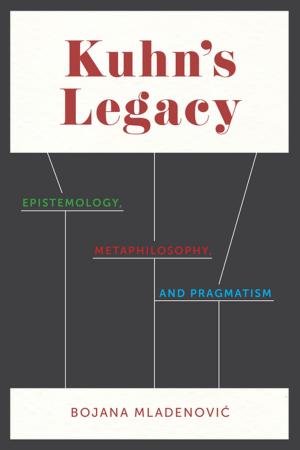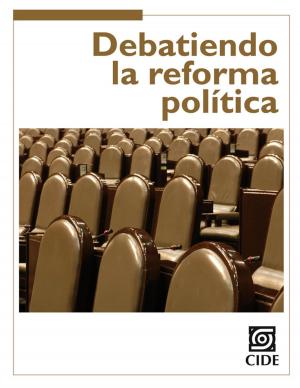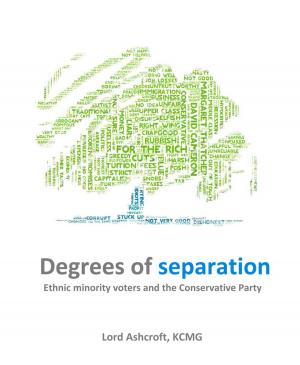Signs And Symbols In Education: Educational Semiotics
Nonfiction, Reference & Language, Education & Teaching, Teaching, Language Experience Approach, Social & Cultural Studies, Social Science| Author: | Francois Victor Tochon | ISBN: | 9781939755148 |
| Publisher: | ftochon@deepuniversity.net | Publication: | March 4, 2015 |
| Imprint: | Smashwords Edition | Language: | English |
| Author: | Francois Victor Tochon |
| ISBN: | 9781939755148 |
| Publisher: | ftochon@deepuniversity.net |
| Publication: | March 4, 2015 |
| Imprint: | Smashwords Edition |
| Language: | English |
In this monograph on Educational Semiotics, Francois Tochon (along with a number of research colleagues) has produced a work that is truly groundbreaking on a number of fronts. First of all, in his concise but brilliant introductory comments, Tochon clearly debunks the potential notion that semiotics might provide yet another methodological tool in the toolkit of educational researchers. Drawing skillfully on the work of Peirce, Deely, Sebeok, Merrell, and others, Tochon shows us just how fundamentally different semiotic research can be when compared to the modes and techniques that have dominated educational research for many decades. That is, he points out how semiotic methods can provide the capability for both students and researchers to look at this basic and fundamental human process in inescapably transformational ways, by acknowledging and accepting that the path to knowledge is, in his words “through the fixation of belief.” But he does not stop there – instead, in four brilliantly conceived studies, he shows us how semiotic concepts in general, and semiotic mapping in particular, can allow both student teachers and researchers alike insights in these students’ development of insights and concepts into the very heart of the teaching and learning process. By tackling both theoretical and practical research considerations, Tochon has provided the rest of us the beginnings of a blueprint that, if adopted, can push educational research out of (in the words of Deely) its entrenchment in the Age of Ideas into the new and exciting frontiers of the Age of Signs. -- Gary Shank, Duquesne University
In this monograph on Educational Semiotics, Francois Tochon (along with a number of research colleagues) has produced a work that is truly groundbreaking on a number of fronts. First of all, in his concise but brilliant introductory comments, Tochon clearly debunks the potential notion that semiotics might provide yet another methodological tool in the toolkit of educational researchers. Drawing skillfully on the work of Peirce, Deely, Sebeok, Merrell, and others, Tochon shows us just how fundamentally different semiotic research can be when compared to the modes and techniques that have dominated educational research for many decades. That is, he points out how semiotic methods can provide the capability for both students and researchers to look at this basic and fundamental human process in inescapably transformational ways, by acknowledging and accepting that the path to knowledge is, in his words “through the fixation of belief.” But he does not stop there – instead, in four brilliantly conceived studies, he shows us how semiotic concepts in general, and semiotic mapping in particular, can allow both student teachers and researchers alike insights in these students’ development of insights and concepts into the very heart of the teaching and learning process. By tackling both theoretical and practical research considerations, Tochon has provided the rest of us the beginnings of a blueprint that, if adopted, can push educational research out of (in the words of Deely) its entrenchment in the Age of Ideas into the new and exciting frontiers of the Age of Signs. -- Gary Shank, Duquesne University















